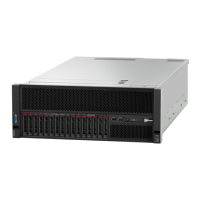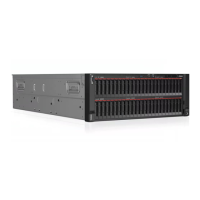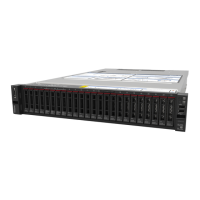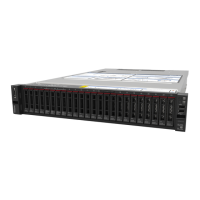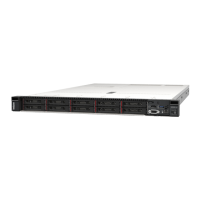Table 45. System board LEDs descriptions and actions (continued)
LED
Descriptions and actions
4 FPGA heartbeat LED (green) This LED indicates power-on and power-off sequencing.
• LED blinking: the system is functioning properly, and no action is
necessary.
• LED not blinking: (trained technician only) replace the system board (see
“System board replacement” on page 120).
5 Light path power LED This LED indicates if there is sufficient power to lit the LEDs when light path
button is pressed while the system is not connected to the power.
6 10 Processor LEDs
LED on: An error has occurred to the processor the LED represents. See
“Processor problems” on page 156 for more information.
7 9 11 DIMM error LEDs LED on: An error has occurred to the DIMM the LED represents. See “Memory
problems” on page 148 for more information.
8 Fan LEDs
LED on: An error has occurred to the fan the LED represents. See “Fan
problems” on page 146 for more information.
General problem determination procedures
Use the information in this section to resolve problems if the event log does not contain specific errors or the
server is inoperative.
If you are not sure about the cause of a problem and the power supplies are working correctly, complete the
following steps to attempt to resolve the problem:
1. Power off the server.
2. Make sure that the server is cabled correctly.
3. Remove or disconnect the following devices, one at a time, until you find the failure. Power on and
configure the server each time you remove or disconnect a device.
• Any external devices,
• Surge-suppressor device (on the server).
• Printer, mouse, and non-Lenovo devices.
• Each adapter.
• Hard disk drives.
• Memory modules until you reach the minimum configuration that is supported for the server.
Note: The minimum configuration required for the server to start is two processors and two 8 GB
DIMMs.
4. Power on the server.
If the problem is solved when you remove an adapter from the server, but the problem recurs when you
install the same adapter again, suspect the adapter. If the problem recurs when you replace the adapter with
a different one, try a different PCIe slot.
If the problem appears to be a networking problem and the server passes all system tests, suspect a network
cabling problem that is external to the server.
Resolving suspected power problems
Power problems can be difficult to solve. For example, a short circuit can exist anywhere on any of the power
distribution buses. Usually, a short circuit will cause the power subsystem to shut down because of an
overcurrent condition.
Chapter 4. Problem determination 141
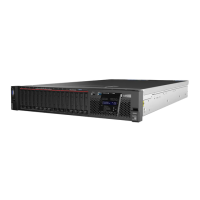
